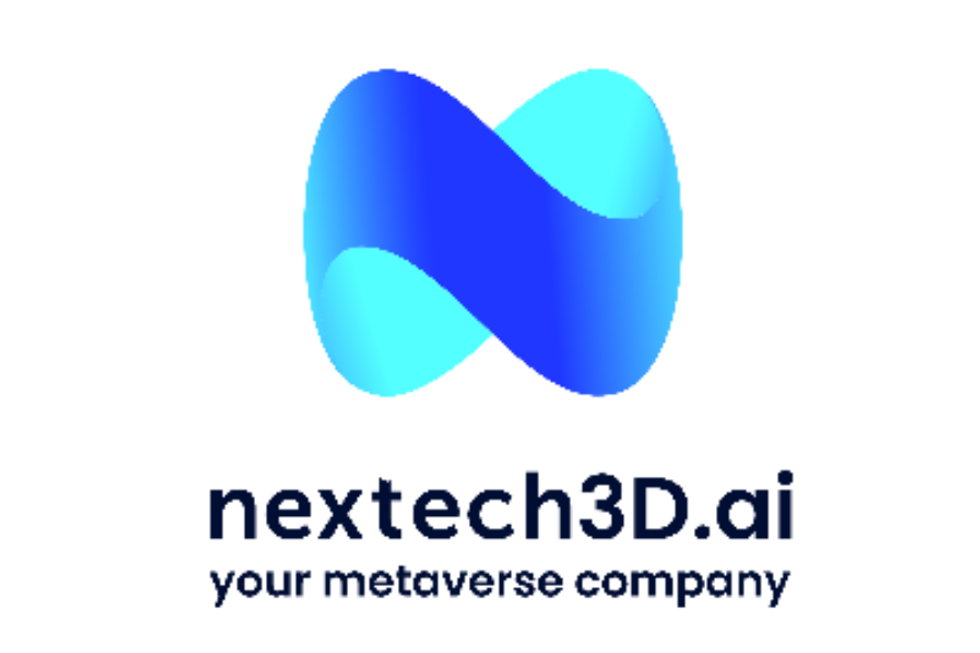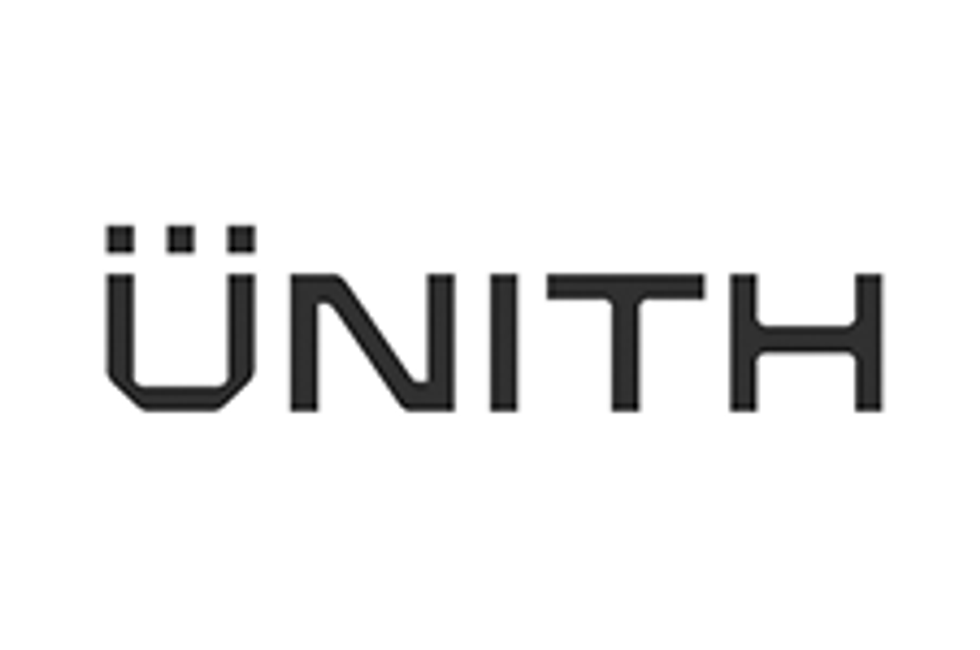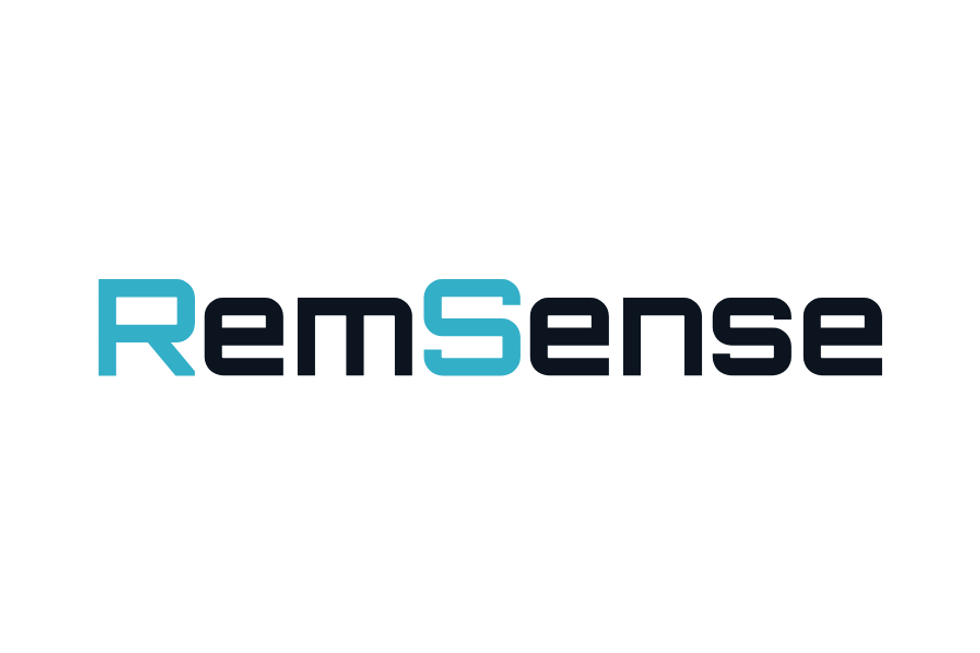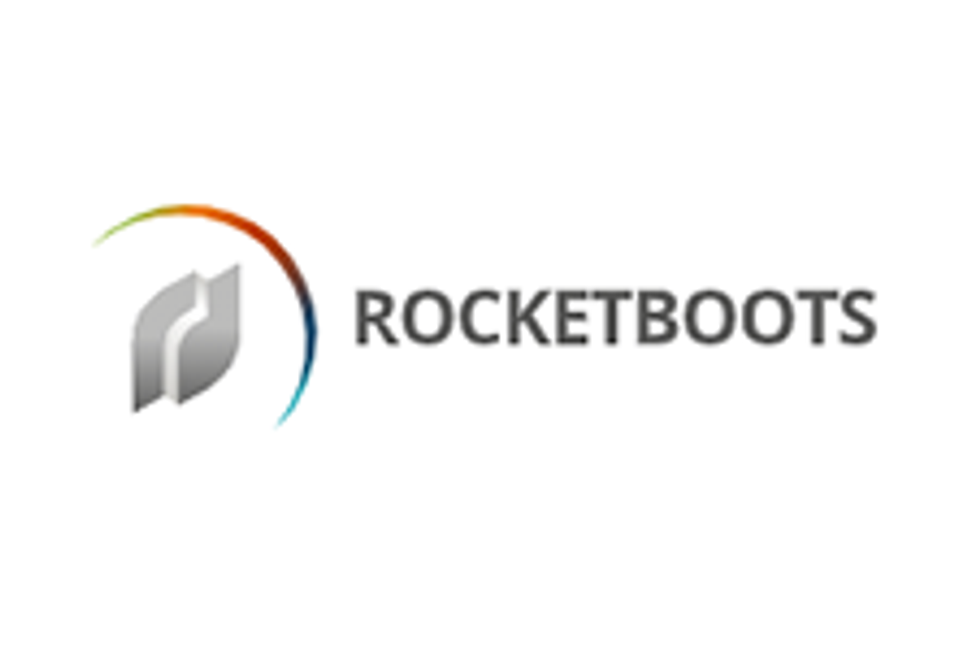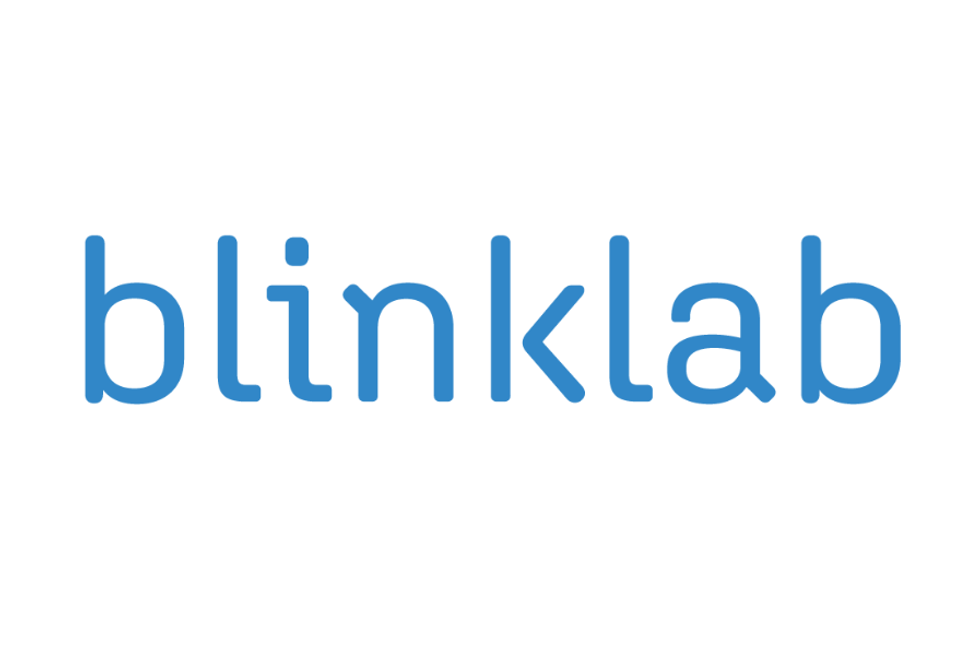Why 3D Visualisation is a Game Changer for Resource Asset Management
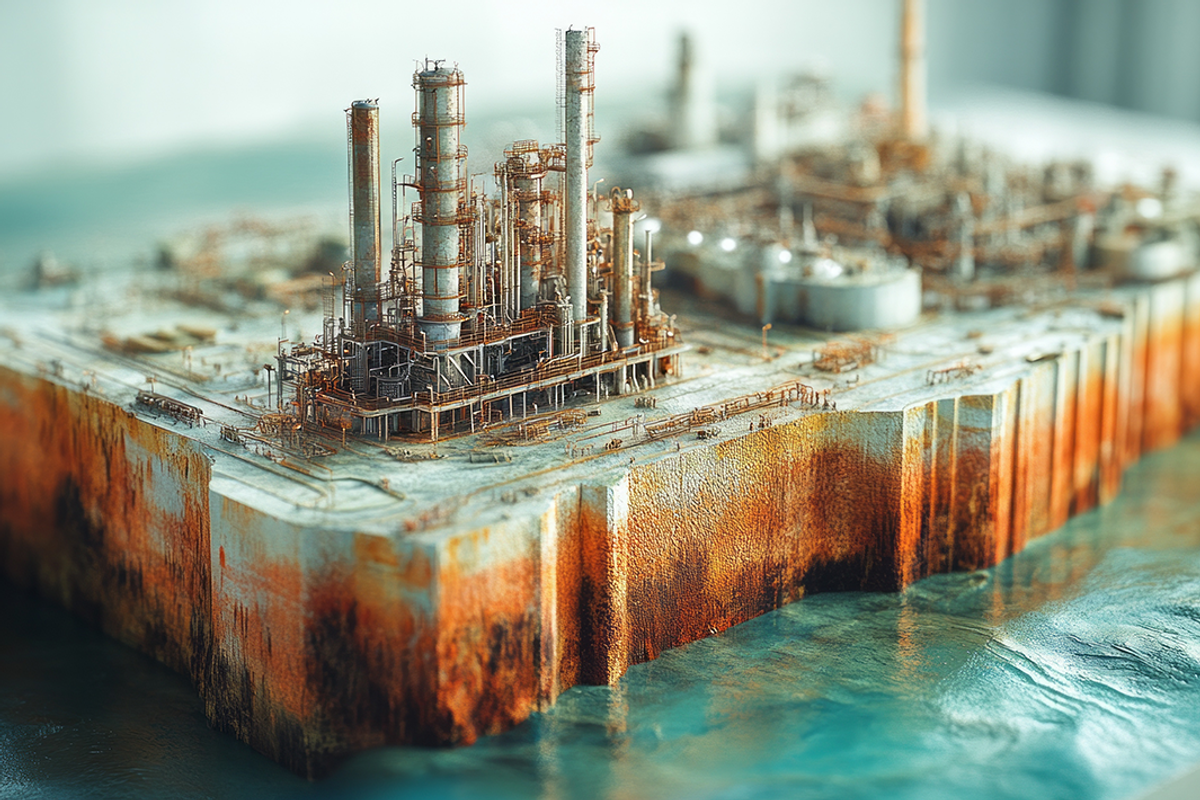
From improving operational efficiency to supporting ESG goals, 3D visualisation and digital twin technologies are fundamentally reshaping how resource companies manage and maintain their assets — here’s why this shift matters for investors.
Forget spreadsheets and static blueprints. The future of resource asset management is unfolding in three dimensions, and smart money is starting to take notice.
3D visualisation is no longer a niche tool; it's rapidly becoming the indispensable core of how resource companies — such as mining, oil and gas and utilities — are tackling their most pressing challenges, from optimising daily operations to achieving critical environmental, social and governance objectives. For investors, this isn't just a technological upgrade; it's a paradigm shift with significant implications for portfolio performance.
Managing complexity at scale
Infrastructure in the resource sector is often situated in extreme or inaccessible environments. Offshore rigs, underground mining sites and regional power transmission stations are all difficult and costly to maintain.
Asset downtime due to unplanned maintenance can result in financial losses reaching millions of dollars per incident, and routine inspections often require travel to remote locations that add time, cost and logistical complexity.
Adding to these challenges is a consistently high risk to worker safety. Workers are often exposed to hazardous conditions, including confined spaces, high-temperature environments, toxic chemicals and heavy machinery. According to a report by Safe Work Australia, the mining industry has the third highest fatality rates of any sector, with 2.3 fatalities for every 100,000 workers. The International Labour Organization has similarly flagged mining and energy as among the world’s most dangerous industries due to the frequency and severity of accidents.
Further compounding the issue are communication breakdowns stemming from outdated or incomplete asset documentation, which can lead to misinformed decisions during maintenance or emergency situations.
These limitations, especially in fast-moving or high-stakes environments, highlight the need for better visibility, coordination and remote access to information.
In this context, technologies that reduce the need for physical site visits while improving asset awareness and communication can deliver not only operational improvements but critical safety outcomes as well.
From paper plans to digital twins
3D visualisation technologies have matured rapidly, enabling the creation of digital twins — virtual replicas of physical infrastructure that can be accessed and interacted with remotely.
These digital environments are built using techniques like photogrammetry, LiDAR scanning and geospatial imaging, integrated with operational data to create not only visual fidelity but functional insight.
According to Deloitte, digital twins are already being deployed across industrial settings to support predictive maintenance, equipment performance tracking and strategic planning. The market is expanding rapidly, with forecasts from MarketsandMarkets estimating growth from US$10.1 billion in 2023 to over US$110 billion by 2028. This level of growth suggests that the technology is moving out of the innovation phase and into the mainstream.
For investors looking to understand the landscape, several public companies are active in this space. Bentley Systems (NASDAQ:BSY) provides infrastructure engineering software with digital twin capabilities for large-scale infrastructure projects. PTC (NASDAQ:PTC) offers ThingWorx, a platform that enables digital twins in conjunction with industrial IoT systems. Autodesk (NASDAQ:ADSK), long known for its design tools, is now expanding its role in asset modeling and visualisation. AVEVA, now under Schneider Electric (EPA:SU), supplies industrial digital twin solutions with a focus on energy and utilities. Siemens (OTC Pink:SMAWF:ETR:SIE), through its Digital Industries division, integrates simulation and monitoring technologies across a range of industrial applications.
These companies demonstrate how digital twin technologies are being adopted across the industrial landscape. However, alongside these multinational players, smaller, agile firms are carving out focused niches, offering solutions tailored for specific operational needs and high-value sectors.
Spotlight: RemSense Technologies and virtualplant
One of the most compelling examples of this focused approach is RemSense Technologies (ASX:REM), an Australian technology company developing advanced visualisation tools for asset-heavy industries.
Its flagship platform, virtualplant, enables organisations to remotely visualise, manage and interact with their operational infrastructure through immersive, photorealistic digital twins.
Using photogrammetry, virtualplant creates a detailed visual record of an industrial site. Unlike traditional CAD models or schematic drawings, virtualplant replicates actual site conditions with photographic precision.
It integrates asset tags, operational data and annotations, allowing users to "walk through" facilities remotely — on a laptop or tablet — without needing specialist software or training.
RemSense's approach to digital twins emphasises accessibility, functionality and operational relevance. The platform is not just a visualisation tool; it supports a wide range of use cases, from remote maintenance planning and shutdown preparation to safety training and contractor onboarding. Because the platform integrates live asset data and supports contextual annotations, it serves as both a virtual environment and a centralised knowledge hub.
The company's collaborations with Tier 1 operators such as Woodside Energy Group (ASX:WDS,NYSE:WDS), Chevron (NYSE:CVX) and Newmont (TSX:NGT,NYSE:NEM) further illustrate the value of its offering.
These partnerships demonstrate the technology is not only deployable at scale but also trusted in some of the world’s most demanding operational environments. These clients use virtualplant to support pre-maintenance walkdowns, improve workforce training through virtual inductions and reduce the need for physical site visits — outcomes that directly translate into cost savings, reduced emissions and safer working conditions.
In a sector where even incremental gains in safety, uptime or efficiency can yield millions in savings, RemSense’s technology presents a cost-effective, high-leverage tool for modernising asset management.
Investor takeaway
The convergence of rising operational complexity, heightened ESG expectations and falling technology costs is driving a structural shift in how resource companies manage their assets. 3D visualisation and digital twins are moving from innovation labs to standard practice.
While large-cap players are expanding their digital offerings, smaller firms like RemSense occupy a compelling niche, offering flexible, deployable solutions tailored for real-world industrial environments.
For investors, this translates into several key takeaways:
- Market growth: The digital twin market is forecast to grow at a CAGR of 42.6 percent through 2028.
- Early stage advantage: Companies like RemSense are at the beginning of a broader adoption curve, offering long-term scalability.
- Strategic fit: As digitisation becomes essential for ESG and operational excellence, asset-heavy industries are likely to accelerate investment in these technologies.
This INNspired article is sponsored by RemSense Technologies (ASX:REM). This INNspired article provides information which was sourced by the Investing News Network (INN) and approved by RemSense Technologies in order to help investors learn more about the company. RemSense Technologies is a client of INN. The company’s campaign fees pay for INN to create and update this INNspired article.
This INNspired article was written according to INN editorial standards to educate investors.
INN does not provide investment advice and the information on this profile should not be considered a recommendation to buy or sell any security. INN does not endorse or recommend the business, products, services or securities of any company profiled.
The information contained here is for information purposes only and is not to be construed as an offer or solicitation for the sale or purchase of securities. Readers should conduct their own research for all information publicly available concerning the company. Prior to making any investment decision, it is recommended that readers consult directly with RemSense Technologies and seek advice from a qualified investment advisor.

